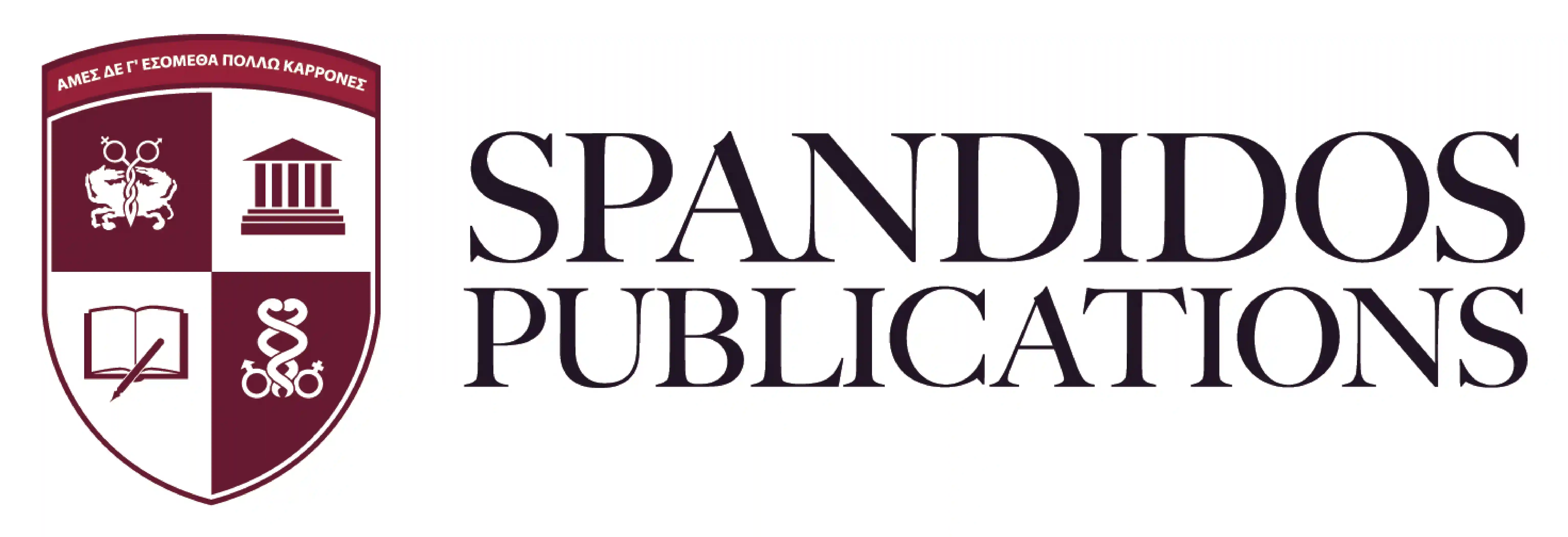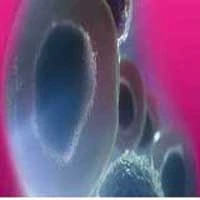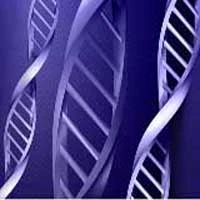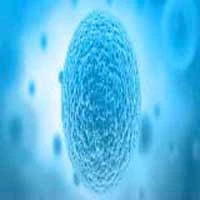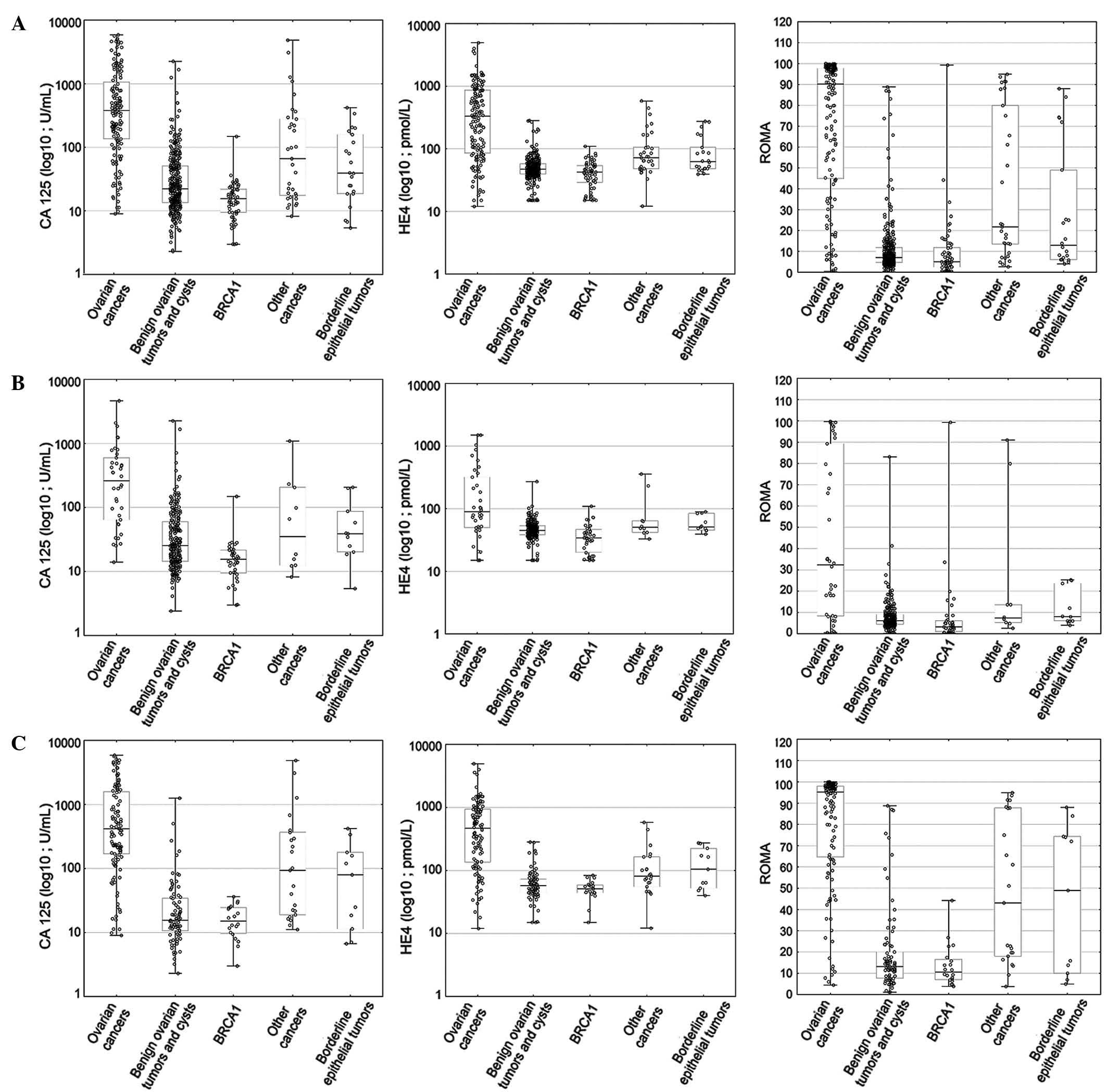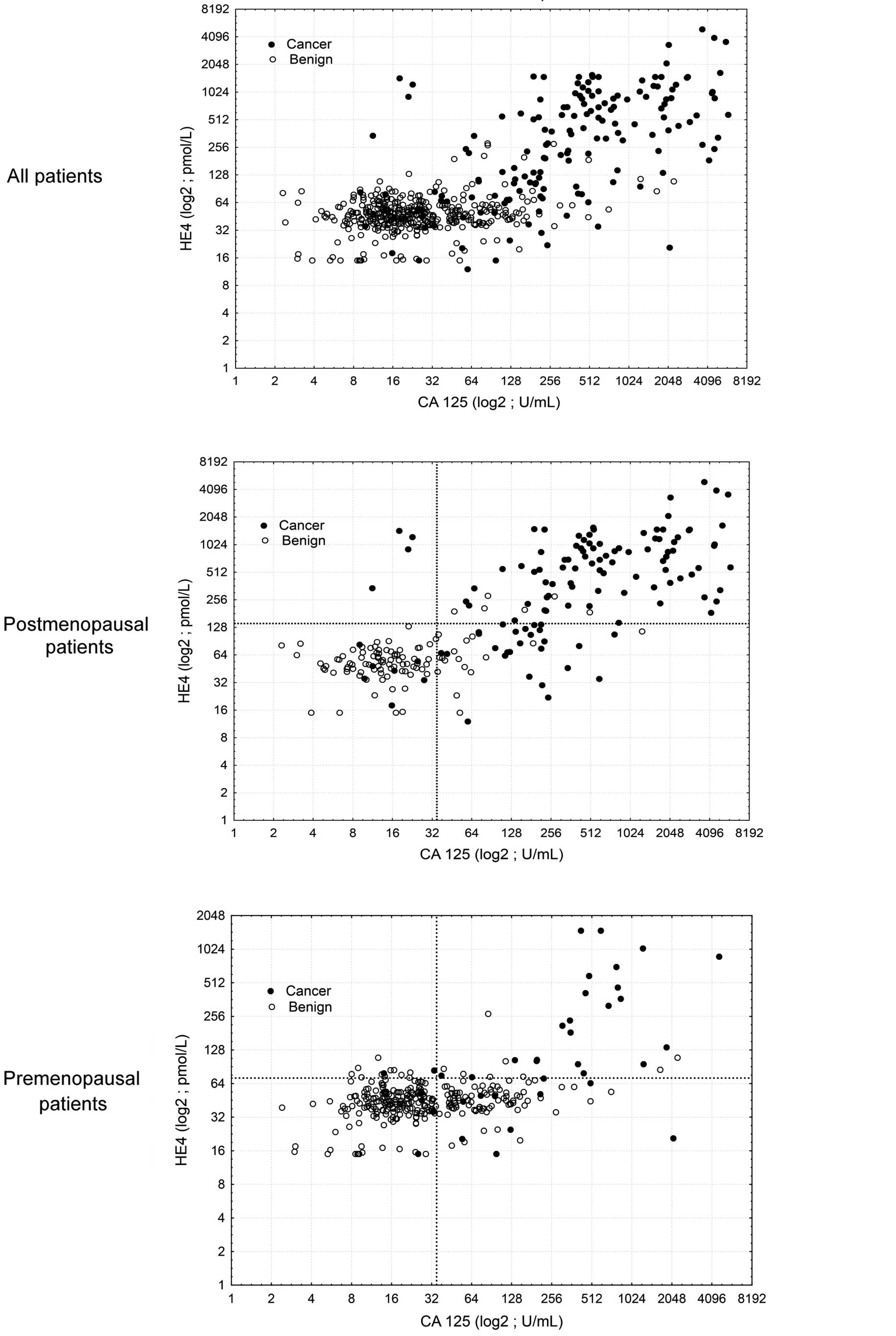|
1
|
Ferlay J, Soerjomataram I, Dikshit R, Eser
S, Mathers C, Rebelo M, Parkin DM, Forman D and Bray F: Cancer
incidence and mortality worldwide: Sources, methods and major
patterns in GLOBOCAN 2012. Int J Cancer. 136:E359–E386. 2015.
View Article : Google Scholar : PubMed/NCBI
|
|
2
|
De Angelis R, Sant M, Coleman MP,
Francisci S, Baili P, Pierannunzio D, Trama A, Visser O, Brenner H,
Ardanaz E, et al: Cancer survival in Europe 1999–2007 by country
and age: Results of EUROCARE-5-a population-based study. Lancet
Oncol. 15:23–34. 2014. View Article : Google Scholar : PubMed/NCBI
|
|
3
|
Cliby WA, Powell MA, Al- Hammadi N, Chen
L, Miller J Philip, Roland PY, Mutch DG and Bristow RE: Ovarian
cancer in the United States: Contemporary patterns of care
associated with improved survival. Gynecol Oncol. 136:11–17. 2015.
View Article : Google Scholar : PubMed/NCBI
|
|
4
|
Macucs R, Baidekalna I and Donina S:
Comparison of different ovarian cancer detection algorithms. Eur J
Gynecol Oncol. 32:408–410. 2011.
|
|
5
|
Morgante G, Ia Marca A, Ditto A and De Leo
V: Comparison of two malignancy risk indices based on serum Ca125,
ultrasound score and menopausal status in the diagnosis of ovarian
masses. Br J Obstet Gynaecol. 106:524–527. 1999. View Article : Google Scholar : PubMed/NCBI
|
|
6
|
Tinglustad S, Hagen B, Skjeldestad FE,
Halvorsen T, Nustad K and Onsrud M: The risk-of-malignancy index to
evaluate potential ovarian cancers in local hospitals. Obstet
Gynecol. 93:448–452. 1999. View Article : Google Scholar : PubMed/NCBI
|
|
7
|
Zhang Z and Chan DW: The road from
discovery to clinical diagnostics: Lessons learned from the first
FDA-cleared in vitro diagnostic multivariate index assay of
proteomic biomarkers. Cancer Epidemiol Biomarkers Prev.
19:2995–2999. 2010. View Article : Google Scholar : PubMed/NCBI
|
|
8
|
Miller R Ware, Smith A, Desimone CP,
Seamon L, Giidrich S, Podzieliński I, Sokoll L, van Nagell JR Jr,
Zhang Z and Ueland FR: Performance of the American collage of
obstetricians and gynecologists' ovarian tumor referral guidelines
with multivariate index assay. Obstet Gynecol. 117:1298–1306. 2011.
View Article : Google Scholar : PubMed/NCBI
|
|
9
|
Ueland FR, Desimone CP, Seamon LG, Miller
RA, Goodrich S, Podzieliński I, Sokoll L, Smith A, van Nagell JR Jr
and Zhang Z: Effectiveness of multivariate index assay in the
preoperative assessment of ovarian tumors. Obstet Gynecol.
117:1289–1297. 2011. View Article : Google Scholar : PubMed/NCBI
|
|
10
|
Kaijser J, Van Gorp T, Van Hoorde K,
Holsbeke C, Sayasneh A, Vergote I, Bourne T, Timmerman D and Van
Calster B: A comparison between an ultrasound based prediction
model (LR2) and the risk of ovarian malignancy algorithm (ROMA) to
assess the risk of malignancy in women with adnexal mass. Gynecol
Oncol. 129:377–383. 2013. View Article : Google Scholar : PubMed/NCBI
|
|
11
|
Moore RG, McMeekin DS, Brown AK,
DiSilvestro P, Miller MC, Allard WJ, Gajewski W, Kurman R, Bast RC
Jr and Skates SJ: A novel multiple marker bioassay utilizing HE4
and CA125 for the prediction of ovarian cancer in patients with a
pelvic mass. Gynecol Oncol. 112:40–46. 2009. View Article : Google Scholar : PubMed/NCBI
|
|
12
|
Moore RG, Miller MC, Disilvestro P,
Landrum LM, Gajewski W, Ball JJ and Skates SJ: Evaluation of the
diagnostic accuracy of the risk of ovarian malignancy algorithm in
women with a pelvic mass. Obstet Gynecol. 118:280–288. 2011.
View Article : Google Scholar : PubMed/NCBI
|
|
13
|
Bandiera E, Romani C, Specchla C, Zanotti
L, Galli C, Ruggieri G, Tognon G, Bignotti E, Tassi RA, Odicino F,
et al: Serum human epididymis protein 4 and risk for ovarian
malignancy algorithm as new diagnostic and prognostic tools for
epithelial ovarian cancer management. Cancer Epidemiol Biomarkers
Prev. 20:2496–2506. 2011. View Article : Google Scholar : PubMed/NCBI
|
|
14
|
Kadija S, Stefanovic A, Jeremic K,
Radojevic MM, Nikolic L, Markovic I and Atanackovic J: The utility
of human epididymal protein 4, cancer antigen 125, and risk form
malignancy algorithm in ovarian cancer and endometriosis. Int J
Gynecol Cancer. 22:238–244. 2012. View Article : Google Scholar : PubMed/NCBI
|
|
15
|
Wang J, Gao J, Yao H, Wu Z, Wang M and Qi
J: Diagnostic accuracy of serum HE4, CA125 and ROMA in patients
with ovarian cancer: A meta analysis. Tumor Biol. 35:6127–6138.
2014. View Article : Google Scholar
|
|
16
|
Kaijser J, Van Gorp T, Smet ME, Van
Holsbeke C, Sayasneh A, Epstein E, Bourne T, Vergote I, Van Calster
B and Timmerman D: Are serum HE4 or ROMA scores useful to
experienced examiners for improving characterization of adnexal
masses after transvaginal ultrasonography? Ultrasound Obstet
Gynecol. 43:89–97. 2014. View Article : Google Scholar : PubMed/NCBI
|
|
17
|
Macus R, Baidekalna I and Donina S: An
ovarian cancer malignancy risk index composed of HE4, CA125,
ultrasonographic score, and menopausal status: Use in
differentiation of ovarian cancers and benign lesions. Tumor Biol.
33:1811–1817. 2012. View Article : Google Scholar
|
|
18
|
Moore RG, Jabre-Raughley M, Brown AK,
Robison KM, Miller MC, Allard WJ, Kurman RJ, Bast RC and Skates SJ:
Comparison of a novel multiple marker assay vs. the risk of
malignancy index for the prediction of epithelial ovarian cancer in
patients with a pelvic mass. Am J Obstet Gynecol. 203:e1–e6. 2010.
View Article : Google Scholar
|
|
19
|
Moore RG, Miller MC, Steinhoff MM, Skates
SJ, Lu KH, Lambert-Messerlian G and Bast RC Jr: Serum HE4 levels
are less frequently elevated than CA125 in women with benign
gynecological disorders. Am J Obstet Gynecol. 206:e1–e8. 2012.
View Article : Google Scholar
|
|
20
|
Azzam AZ, Hashad DI and Kamel NA:
Evaluation of HE4 as an extra biomarker to CA125 to improve
detection of ovarian carcinoma: Is it time for step forward? Arch
Gynecol Obstet. 288:167–172. 2013. View Article : Google Scholar : PubMed/NCBI
|
|
21
|
Park Y, Lee JH, Hong DJ, Lee EY and Kim
HS: Diagnostic performance of HE4 and CA125 for the detection of
ovarian cancer from patients with various gynecologic and
non-gynecologic diseases. Clin Biochem. 44:884–888. 2011.
View Article : Google Scholar : PubMed/NCBI
|
|
22
|
Lin J, Qin J and Sangvatanakul V: Human
epididymis protein 4 for differential diagnosis between benign
gynaecologic disease and ovarian cancer: A systematic review and
meta-analysis. Eur J Obstet Gynecol Reprod Biol. 167:81–85. 2013.
View Article : Google Scholar : PubMed/NCBI
|
|
23
|
Ferraro S, Bragna F, Lanzoni M, Boracchi
P, Bignazoli EM and Panteghini M: Serum human epididymis protein 4
vs. carbohydrate antigen 125 for ovarian cancer diagnosis: A
systematic review. J Clin Pathol. 66:273–281. 2013. View Article : Google Scholar : PubMed/NCBI
|
|
24
|
Anton C, Carvalho FM, Oliveira EI, Maciel
GA, Baracat EC and Carvalho JP: A comparison of CA125, HE4, risk
ovarian malignancy algorithm (ROMA), and risk malignancy index
(RMI) for the classification of ovarian masses. Clinics (Sao
Paulo). 67:437–441. 2012. View Article : Google Scholar : PubMed/NCBI
|
|
25
|
Kim YM, Whang DH, Park J, Kim SH, Lee SW,
Park HA, Ha M and Choi KH: Evaluation of accuracy of serum human
epididymis protein 4 in combination with CA125 for detecting
ovarian cancer: A prospective case control study in Korean
population. Clin Chem Lab Med. 49:527–534. 2011. View Article : Google Scholar : PubMed/NCBI
|
|
26
|
Ortiz-Muñoz B, Aznar-Oroval E, Garcia A
Garcia, Peris A Covisa, Ballestero P Perez, Yepes M Sanchez, Lozano
T Garcia, Ballester C Illueca and García Garcia E: HE4, CA125 and
ROMA algorithm for differential diagnosis between benign
gynaecological diseases and ovarian cancer. Tumor Biol.
35:7249–7258. 2014. View Article : Google Scholar
|
|
27
|
Lenhardt M, Stieber P, Hertlein L,
Kirschenhofer A, Fürst S, Mayr D, Nagel D, Hofmann K, Krocker K and
Burges A: The diagnostic accuracy of two human epididymis protein 4
(HE4) testing system in combination with CA125 in the differential
diagnosis of ovarian masses. Clin Chem Lab Med. 49:2081–2088.
2011.PubMed/NCBI
|
|
28
|
Kalapotharakos G, Asciutto C, Henic E,
Casslén B and Borgfeldt C: High preoperative blood levels of HE4
predicts poor prognosis in patients with ovarian cancer. J Ovarian
Res. 5:202012. View Article : Google Scholar : PubMed/NCBI
|
|
29
|
Ruggieri G, Bandiera E, Zanotti L, Belloli
S, Ravaggi A, Romani C, Bignotti E, Tassi RA, Tognon G, Galli C, et
al: HE4 and epithelial ovarian cancer: Comparison and clinical
evaluation of two immunoassays and a combination algorithm. Clin
Chim Acta. 412:1447–1453. 2011. View Article : Google Scholar : PubMed/NCBI
|
|
30
|
Yang J, Sa M, Huang M, Yang J, Xiang Z,
Liu B and Tang A: The reference intervals for HE4, CA125 and ROMA
in healthy female with electrochemiluminescence immunoassay. Clin
Biochem. 46:1705–1708. 2013. View Article : Google Scholar : PubMed/NCBI
|
|
31
|
Montagnana M, Danese E, Ruzzenente O,
Bresciani V, Nuzzo T, Gelati M, Salvagno GL, Franchi M, Lippi G and
Guidi GC: The ROMA (Risk of Ovarian Malignancy Algorithm) for
estimating the risk of epithelial ovarian cancer in women
presenting with pelvic mass: Is it really useful? Clin Chem Lab
Med. 49:521–525. 2011. View Article : Google Scholar : PubMed/NCBI
|
|
32
|
Van Gorp T, Veldman J, Van Calster B,
Cadron I, Leunen K, Amant F, Timmerman D and Vergote I: Subjective
assessment by ultrasound is superior to the risk of malignancy
index (RMI) or the risk of ovarian malignancy algorithm (ROMA) in
discriminating benign from malignant adnexal masses. Eur J Cancer.
48:1649–1656. 2012. View Article : Google Scholar : PubMed/NCBI
|
|
33
|
Janas L, Głowacka E, Wilczyński JR,
Malinowski A and Nowak M: Evaluation of applicability of HE4 and
ROMA in the preoperative diagnosis of adnexal masses. Ginekol Pol.
86:193–197. 2015. View
Article : Google Scholar : PubMed/NCBI
|
|
34
|
Molina R, Escudero JM, Augé JM, Filella X,
Foj L, Torné A, Lejarcegui J and Pahisa J: HE4 a novel tumor marker
for ovarian cancer: Comparison with CA 125 and ROMA algorithm in
patients with gynaecological diseases. Tumor Biol. 32:1087–1095.
2011. View Article : Google Scholar
|
|
35
|
Partheen K, Kristjansdottir B and
Sundfeldt K: Evaluation of ovarian cancer biomarkers HE4 and CA-125
in women presenting with a suspicious cystic ovarian mass. J
Gynecol Oncol. 22:244–252. 2011. View Article : Google Scholar : PubMed/NCBI
|
|
36
|
Gizzo S, Berretta R, Di Gangi S, Guido M,
Zanni GC, Franseschetti I, Quaranta M, Plebani M, Nardelli GB and
Patrelli TS: Borderline ovarian tumors and diagnostic dilemma of
intraoperative diagnosis: Could preoperative He4 assay and ROMA
score assessment increase the frozen section accuracy? A
multicentre case-control study. Biomed Res Int. 2014:8035982014.
View Article : Google Scholar : PubMed/NCBI
|
|
37
|
Olivier RI, van Burden M, Lubsen MA,
Rookus MA, Mooij TM, van de Vijver MJ and van't Veer LJ: Clinical
outcome of prophylactic oophorectomy in BRCA1/BRCA2 mutation
carriers and events during follow-up. Br J Cancer. 90:1492–1497.
2004. View Article : Google Scholar : PubMed/NCBI
|
|
38
|
Evans DG, Clayton R, Donnai P, Shenton A
and Lallo P: Risk-reducucing surgery for ovarian cancer: Outcomes
in 300 surgeries suggest a low peritoneal primary risk. Eur J Hum
Genet. 17:1381–1385. 2009. View Article : Google Scholar : PubMed/NCBI
|
|
39
|
Carcangiu ML, Peissel B, Pasini B, Spatti
G, Radice P and Monoukian S: Incidental carcinomas in prophylactic
specimens in BRCA1 and BRCA2 germ-line mutations carriers, with
emphasis on fallopian tube lesions: Report of 6 cases and review of
the literature. Am J Surg Pathol. 30:1222–1230. 2006. View Article : Google Scholar : PubMed/NCBI
|
